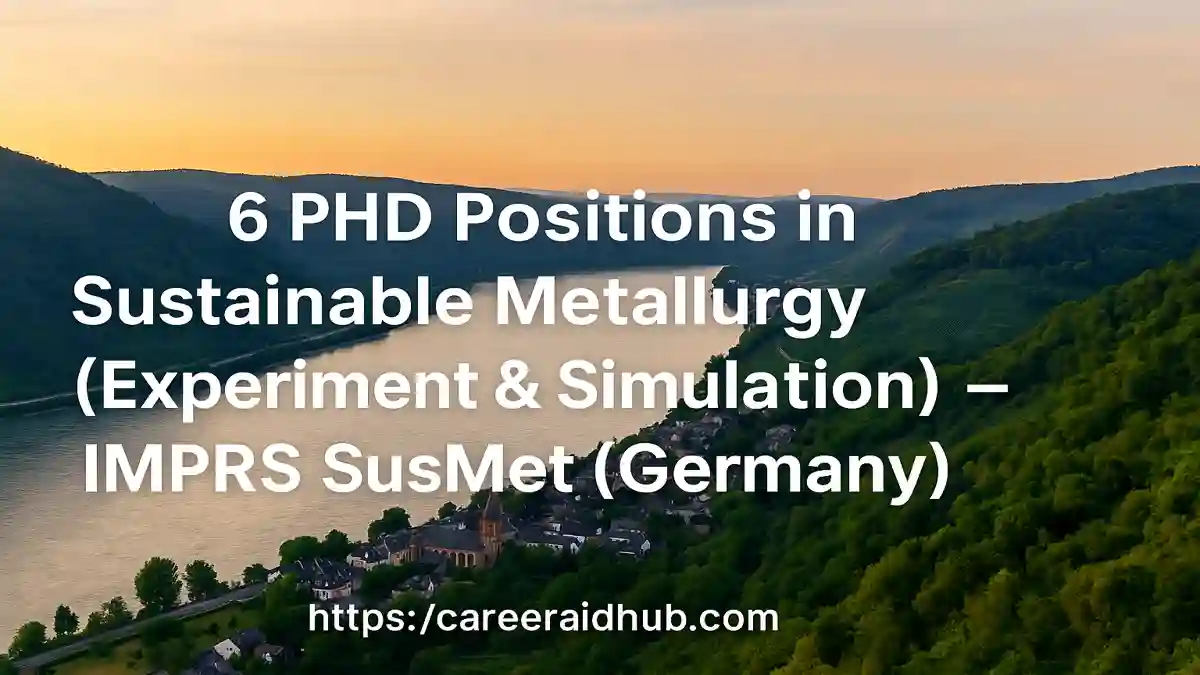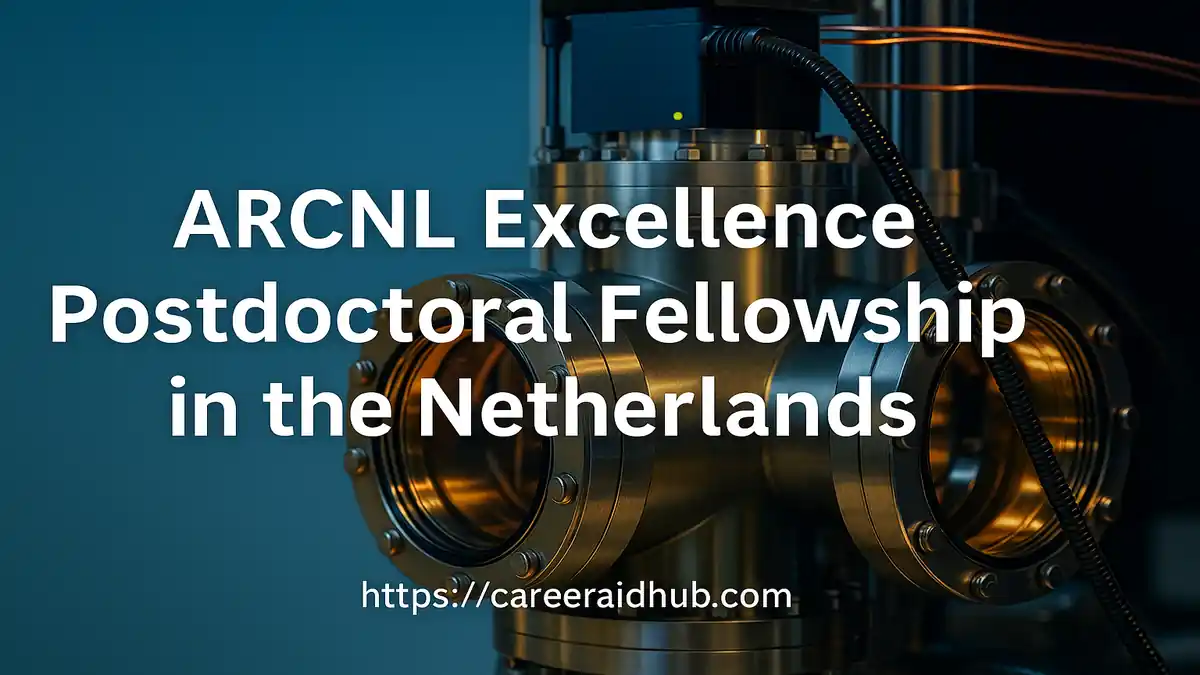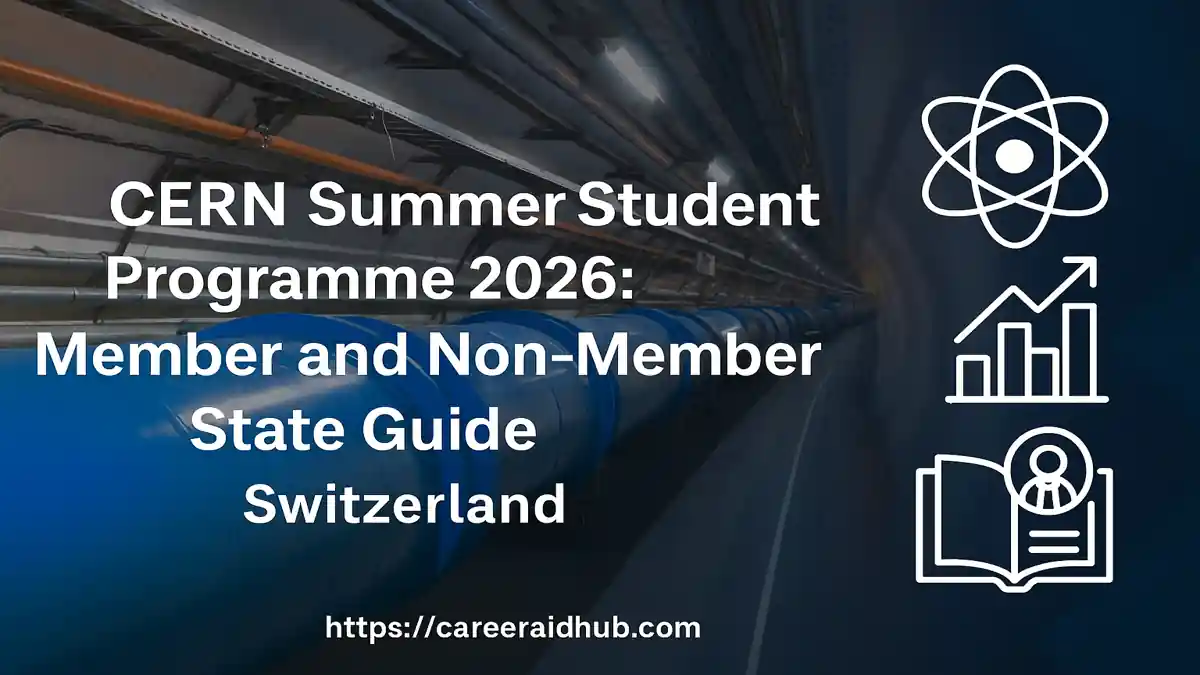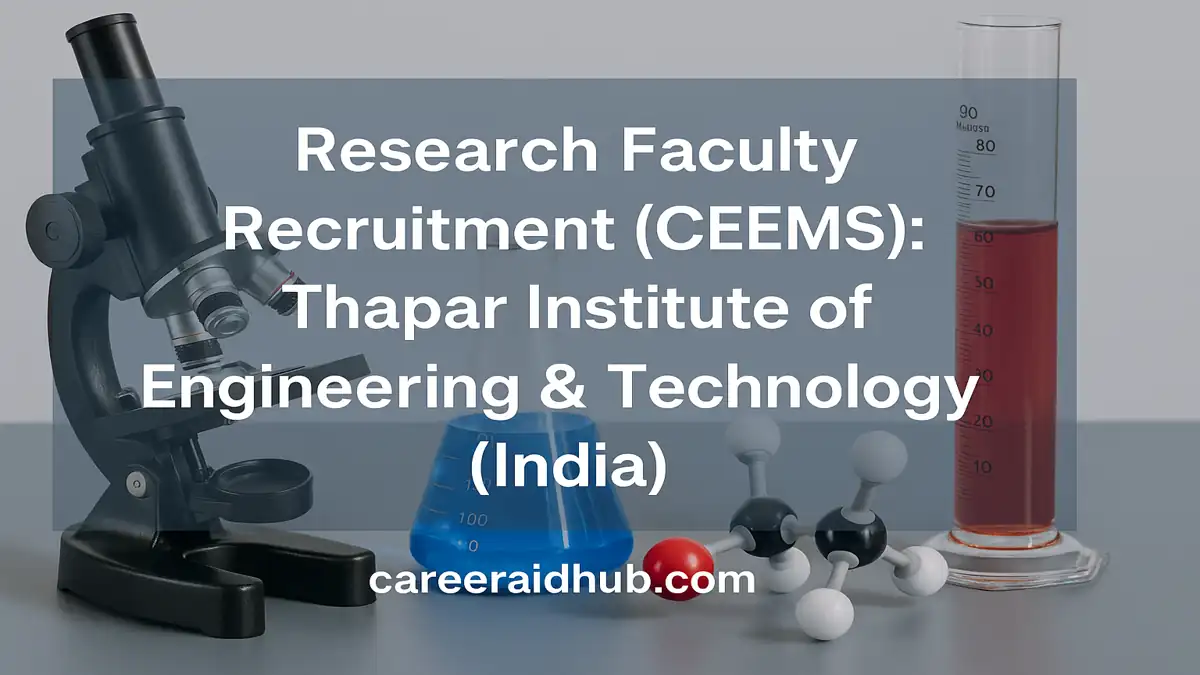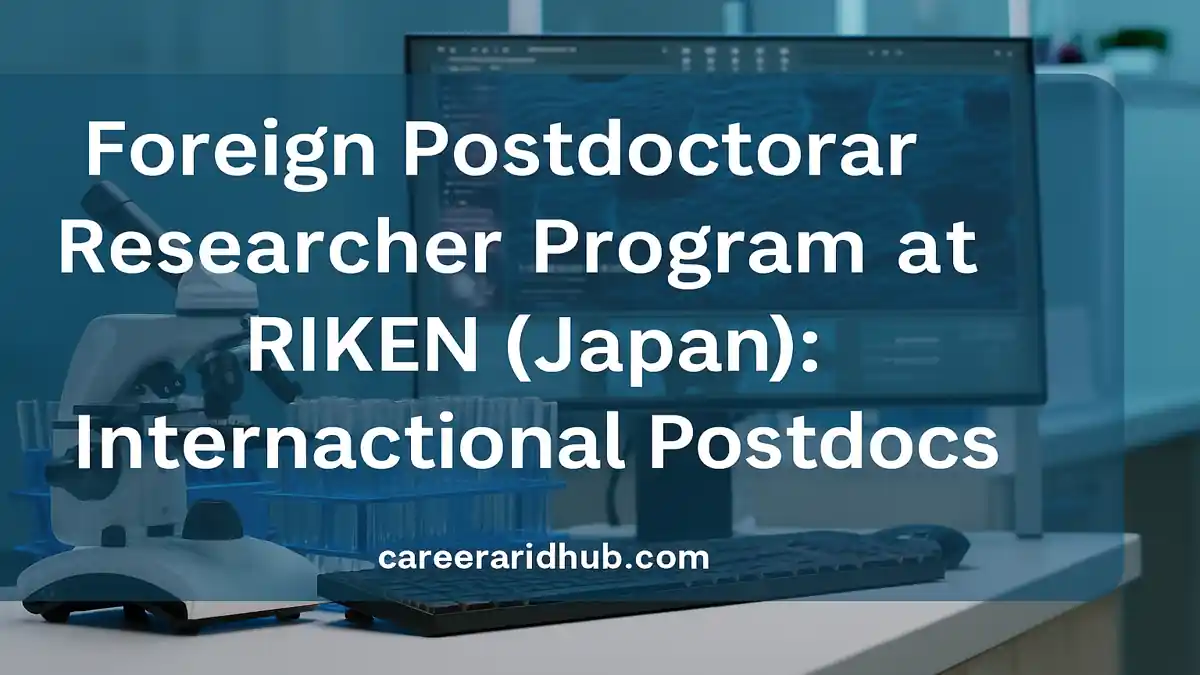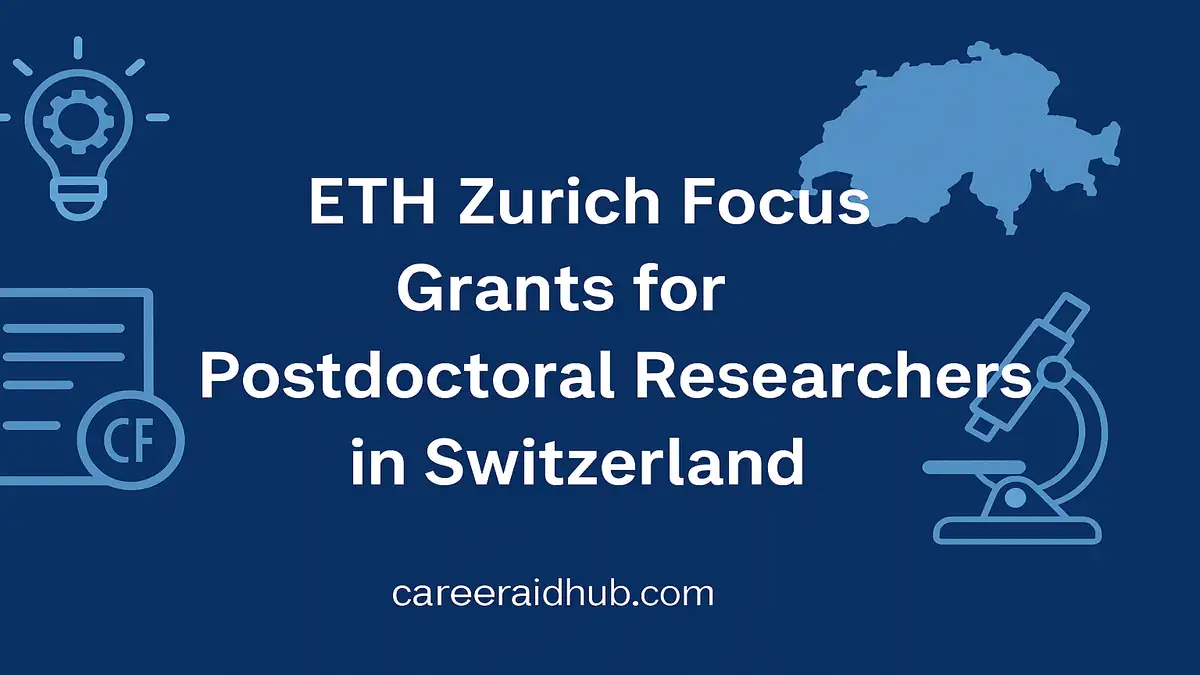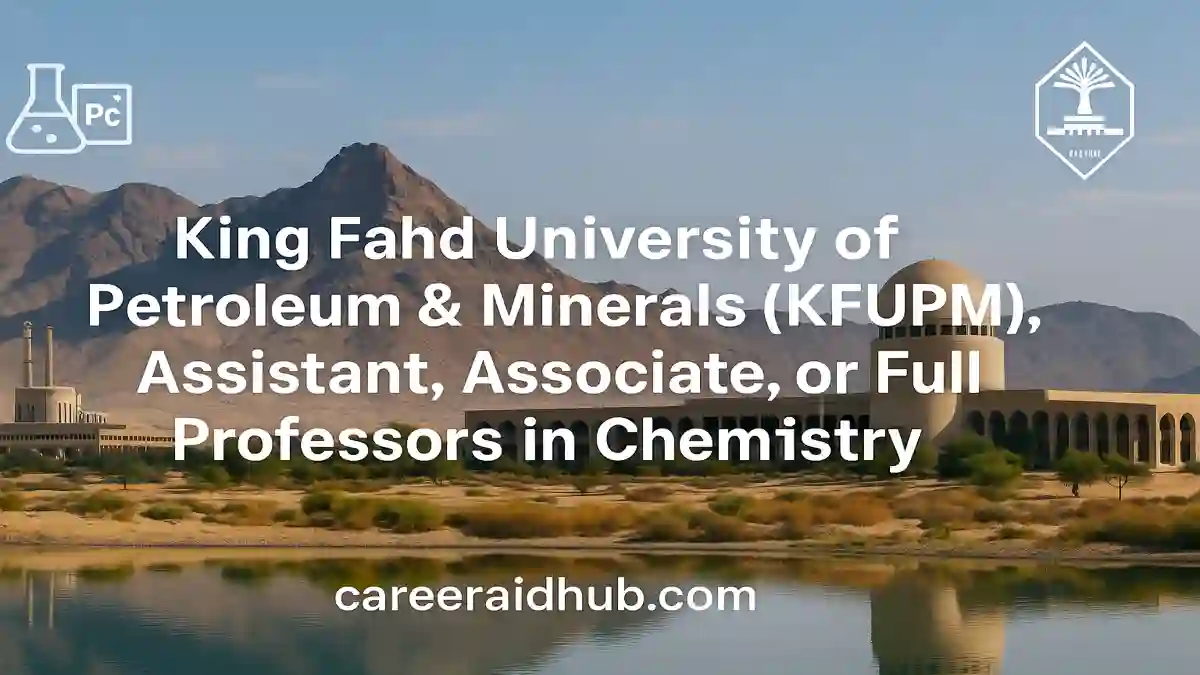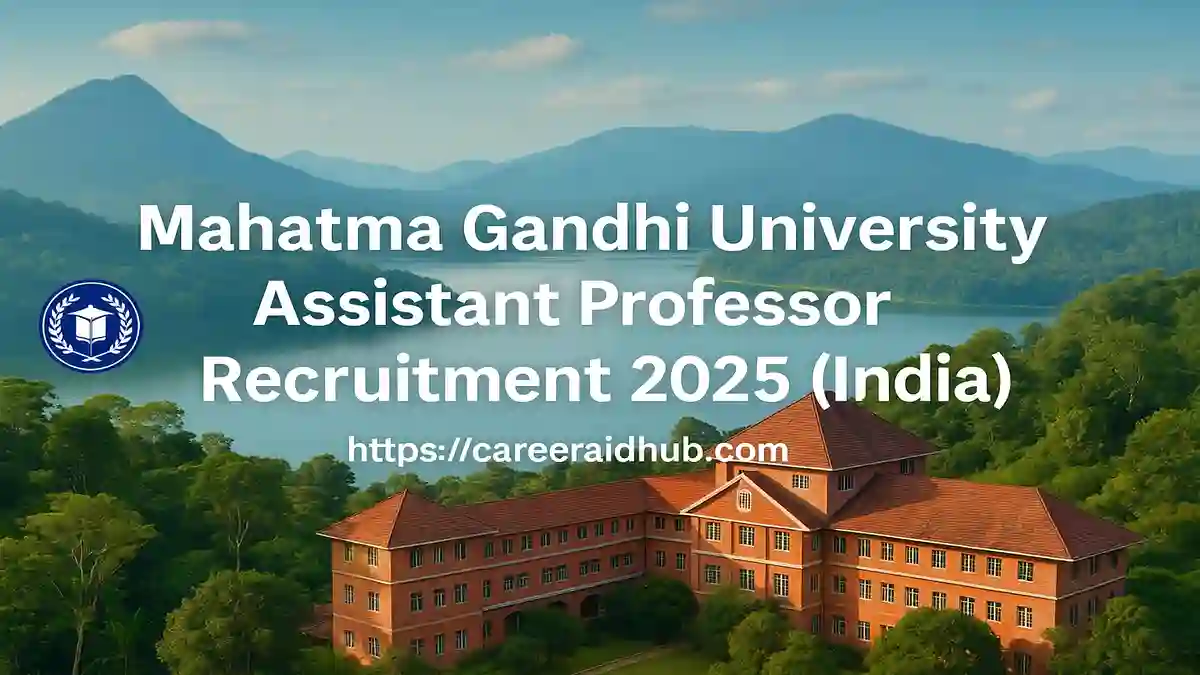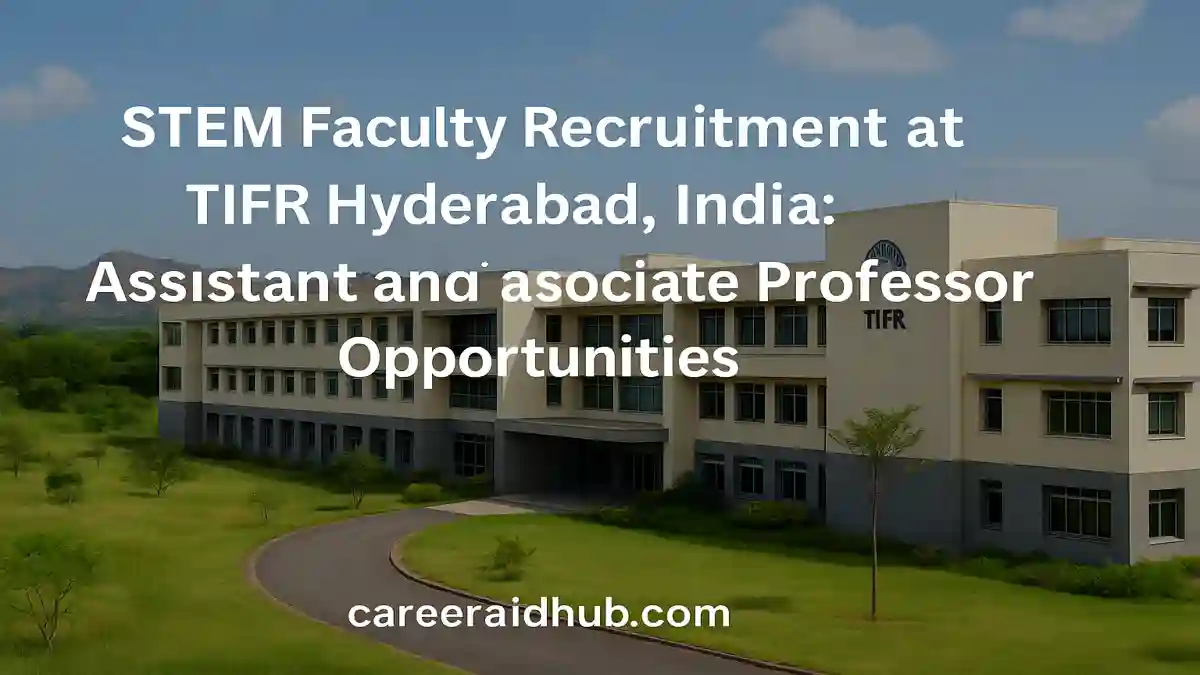If you’re passionate about decarbonizing metals, closing material loops, and using cutting-edge experiments and simulations to build a circular economy, the International Max Planck Research School for Sustainable Metallurgy (IMPRS SusMet) is recruiting six fully funded PhD candidates for a three-year doctoral program in Germany. Projects span both experimental and computational tracks and are hosted across leading institutes in the Rhine–Ruhr region: the Max Planck Institute for Sustainable Materials (Düsseldorf), Max-Planck-Institut für Kohlenforschung (Mülheim/Ruhr), Ruhr University Bochum, and University of Duisburg-Essen.
Build the future of low-carbon metals. IMPRS SusMet offers six fully funded PhD positions that integrate experiment and simulation to decarbonize metallurgical processes, extend material lifetimes, and scale circularity. Work across top German institutes in the Rhine–Ruhr region with structured training, world-class facilities, and collaborative supervision.
Why SusMet? A Research School Built for Impact
Metallurgy underpins mobility, energy, infrastructure, and healthcare, yet the field faces an urgent mandate to cut process emissions, lengthen service life, and scale high-quality recycling. Consequently, IMPRS SusMet addresses these challenges with an integrated framework that links atomistic insights to process engineering, combining ab initio, atomistic and multi-scale models, machine learning, and high-resolution experiments.
To make that bridge tangible, the program emphasizes correlative characterization
Because sustainability is as much about scale-up as it is about discovery, the curriculum also encourages process-aware modeling, data management for reproducible research, and clear articulation of environmental impact metrics.
The Host Network and Locations
You will join a vibrant, international community in Germany’s Rhine–Ruhr metropolitan region, gaining access to world-class labs and collaborative supervision across four partner sites:
-
- Max Planck Institute for Sustainable Materials (Düsseldorf)
- Max-Planck-Institut für Kohlenforschung (Mülheim/Ruhr)
- Ruhr University Bochum
- University of Duisburg-Essen
This distributed model promotes cross-institutional mentoring, shared instrumentation, and exposure to complementary methods. Moreover, the region’s excellent transport links and dense research ecosystem simplify industry collaboration—vital for sustainable metallurgy where TRL progression and tech transfer matter.
Funding, Contracts & Benefits
All six positions are full-time for three years, with competitive funding aligned to German public-sector scales:
-
- Max Planck Institutes: TVöD E13, 65% FTE, approx. €39,000 gross/year
- University of Duisburg-Essen: TV-L E13, 65% FTE, approx. €39,000 gross/year
- Ruhr University Bochum: Scholarship approx. €2,050 net/month
In addition, you will participate in a structured doctoral curriculum with regular supervisory meetings, targeted skills
Research Themes
While specific projects are assigned during selection, the following themes illustrate the experiment–simulation synergy at SusMet:
Multiscale Modeling and ML-Assisted Discovery
-
- Ab initio to multi-scale modeling of phase formation, defect dynamics, and synthesis pathways.
- ML-accelerated simulations to prioritize candidate chemistries, explore kinetic pathways, and reduce compute cost without sacrificing accuracy.
Correlative Microscopy and Interface Science
-
- APT/TEM/FIM/EBIC/EBSD pipelines to co-locate chemistry, structure, and crystallography.
- In-situ or operando workflows that capture transformations at buried interfaces in space and time.
Gas–Solid Reaction Engineering for Low-Carbon Processing
-
- Laser-based imaging and model reactors to quantify reduction/oxidation kinetics.
- CFD and multi-scale reaction models to extrapolate lab findings to process conditions, informing hydrogen-based or electrified routes that lower emissions.
Who Should Apply
IMPRS SusMet actively welcomes candidates with strong computational profiles, while also encouraging applications from experiment-focused researchers. You should bring:
-
- An excellent Master’s degree in Materials Science, Physics, Engineering, or Chemistry.
- Verygood English proficiency (e.g., IELTS/TOEFL or equivalent evidence).
If you have experience in DFT/MD/phase-field/CFD, or with APT/TEM/EBSD/laser diagnostics, say so clearly. However, even if your previous work was narrower, demonstrate how your analytical reasoning, experimental rigor, and coding/data practices will transfer to SusMet’s integrated environment.
Key Dates & How to Apply
-
- Application deadline: 31 October 2025 (submit early to accommodate time-zone differences and referee logistics).
- Start date: 1 January 2026 (or later by agreement).
- Application route: Apply via the central IMPRS SusMet portal hosted by the Max Planck Society.
Looking ahead: Based on recurring annual cycles, the next call is typically expected around October 2026 and potential start dates around January 2027—we will update soon.
Practical tip: Begin contacting referees early and prepare certified translations if required. As you finalize materials, ensure your file naming is clear and your motivation–methods–impact narrative aligns with SusMet’s mission.
Application Package Checklist
A complete application typically includes:
-
- Motivation letter detailing research fit, interests, and how you will bridge experiment–simulation.
- CV with publications, thesis titles, conference presentations, software/data linkswhere possible.
- Bachelor’s & Master’s certificates and transcripts with grading scales.
- Proof of English proficiency (e.g., IELTS/TOEFL or equivalent).
- Recommendation letters or referee contacts following the portal’s instructions.
To strengthen credibility, consider attaching links to open-source code, datasets, or preprints (when allowed), and briefly describe reproducibility practices you follow (version control, lab notebooks, data provenance).
What Makes a Competitive Application
-
- A Systems Mindset: Connect mechanisms → microstructure → process → sustainability metrics such as CO₂ per tonne, specific energy, or recovery yield. Show you grasp how atomic-scale phenomena influence process windows and lifecycle outcomes.
- Evidence of Rigor: Provide concrete examples of model development, instrumentation mastery, or data-analysis pipelines (e.g., DFT workflows, phase-field validation, operando microscopy, or uncertainty quantification).
- Reproducible Science: Mention your approach to documentation, versioning, and data sharing. Even brief notes on testable hypotheses, benchmark datasets, and error bars signal maturity.
- Interdisciplinary Fluency: If you have bridged chemistry ↔ mechanics or process ↔ computation, foreground it. Explain how your perspective will enrich cross-site collaboration.
- Problem–Impact Framing: Tie your interests to SusMet goals—for instance, hydrogen-based reduction, electrified/plasma processes, durable alloy design, or high-efficiency recycling pathways.
Backlink-friendly insight: Applicants who state a clear Year-1 validation plan (e.g., “benchmark an ML-assisted phase-field model against APT/TEM for alloy X under condition Y”) tend to stand out in competitive schools.
Life & Training in the Program
Beyond lab work, you will benefit from a structured doctoral environment: scheduled status meetings, skills modules, and an international cohort that cross-pollinates ideas across partner sites. The Rhine–Ruhr setting offers strong public transport, affordable living relative to other hubs, and easy access to industrial collaborators.
Importantly, the program’s ethos values open, collegial exchange. As a result, you will find it easier to get instrument time, method advice, and constructive feedback—factors that often determine the pace of a PhD as much as raw talent.
How to Strengthen Your Statement of Purpose (SoP)
-
- Open with a real sustainability problem you worked on—low-carbon ironmaking, oxidation kinetics, scrap-based alloy design, or circularity metrics.
- Show your bridge: devote one short paragraph to what you measured or modeled, and another to how those insights inform process design or scale-up.
- Propose a tractable first year: examples include validating an ML-accelerated phase-field model against APT/TEM for specific chemistries, or building a laser-diagnostics setup to quantify H₂-reduction kinetics.
- End with collaboration: identify techniques and teams within the SusMet network you intend to engage, and explain how their strengths complement yours.
Actionable tip: Keep paragraphs short (2–4 lines), use signpost transitions (“therefore,” “consequently,” “in addition”), and ensure each section advances your narrative rather than repeating earlier claims.
Feature Summary
|
Feature |
Details |
|
Program Name |
International Max Planck Research School for Sustainable Metallurgy (IMPRS SusMet) |
|
Host Country |
Germany (Rhine–Ruhr region) |
|
Funded By |
Max Planck Society and partner universities |
|
Duration |
3 years |
|
Study Mode |
Full-time, on-site across partner institutes |
|
Eligibility |
Master’s in Materials Science, Physics, Engineering, Chemistry; strong English |
|
Financial Support |
E13 (65%) ~ €39k gross/year at MPI/UDE; ~€2,050 net/month scholarship at RUB |
|
Fields of Study |
Sustainable metallurgy; experiment–simulation integration; ML-enhanced modeling; reaction engineering; correlative microscopy |
|
Deadline |
10/31/2025 |
|
Official Website |
Final Takeaway
These six PhD positions provide a rare combination of method depth, interdisciplinary mentoring, and sustainability impact. If your interests sit at the intersection of materials mechanisms, process modeling, and low-carbon manufacturing, this is a compelling next step. Apply early, craft a focused SoP, and demonstrate how your work will advance sustainable metallurgy.
Frequently Asked Questions (FAQs)
IMPRS SusMet is a structured PhD program in Germany focusing on low-carbon metals, experiment–simulation integration, and circular materials engineering across partnered Max Planck institutes and universities.
Yes. Positions typically use E13 65% employment or an equivalent scholarship. Consequently, candidates receive competitive stipends and full access to research infrastructure and training.
Applicants hold an excellent Master’s in materials science, physics, engineering, or chemistry. Additionally, they demonstrate strong English skills and relevant experimental or computational experience.
Yes. The program operates fully in English. Moreover, international candidates receive guidance on relocation, integration, and collaboration across the Rhine–Ruhr research network.
Projects span multiscale modeling, hydrogen-based reduction, electrified processes, correlative microscopy (APT, TEM, EBSD), reaction engineering, and ML-assisted simulations for sustainable process design and scale-up.
Typically, you submit a motivation letter, CV, transcripts, degree certificates, English-proficiency proof, and references. Preferably, include links to code, datasets, or preprints for credibility.
Calls usually publish in autumn with starts around early winter. Hence, prepare early, confirm portal timelines, and plan referee letters well ahead of the deadline.
You apply centrally. Then, the committee matches candidates to projects and hosts across partner institutions based on research alignment and supervision capacity.
Explain your sustainability problem, methods, and expected impact. Next, propose a tractable Year-1 plan and show how experiment–simulation synergy advances low-carbon metallurgy.
Premium Mentorship for a Stronger Application
- Premium Mentorship: personalised 1:1 guidance for this and similar opportunities
- In-depth review of your CV, academic profile, and key statements
- Aligned with international selection criteria so your profile matches what panels expect
- Stronger, more compelling narrative for highly competitive calls
- Step-by-step support from opportunity mapping to final submission (fee-based)

